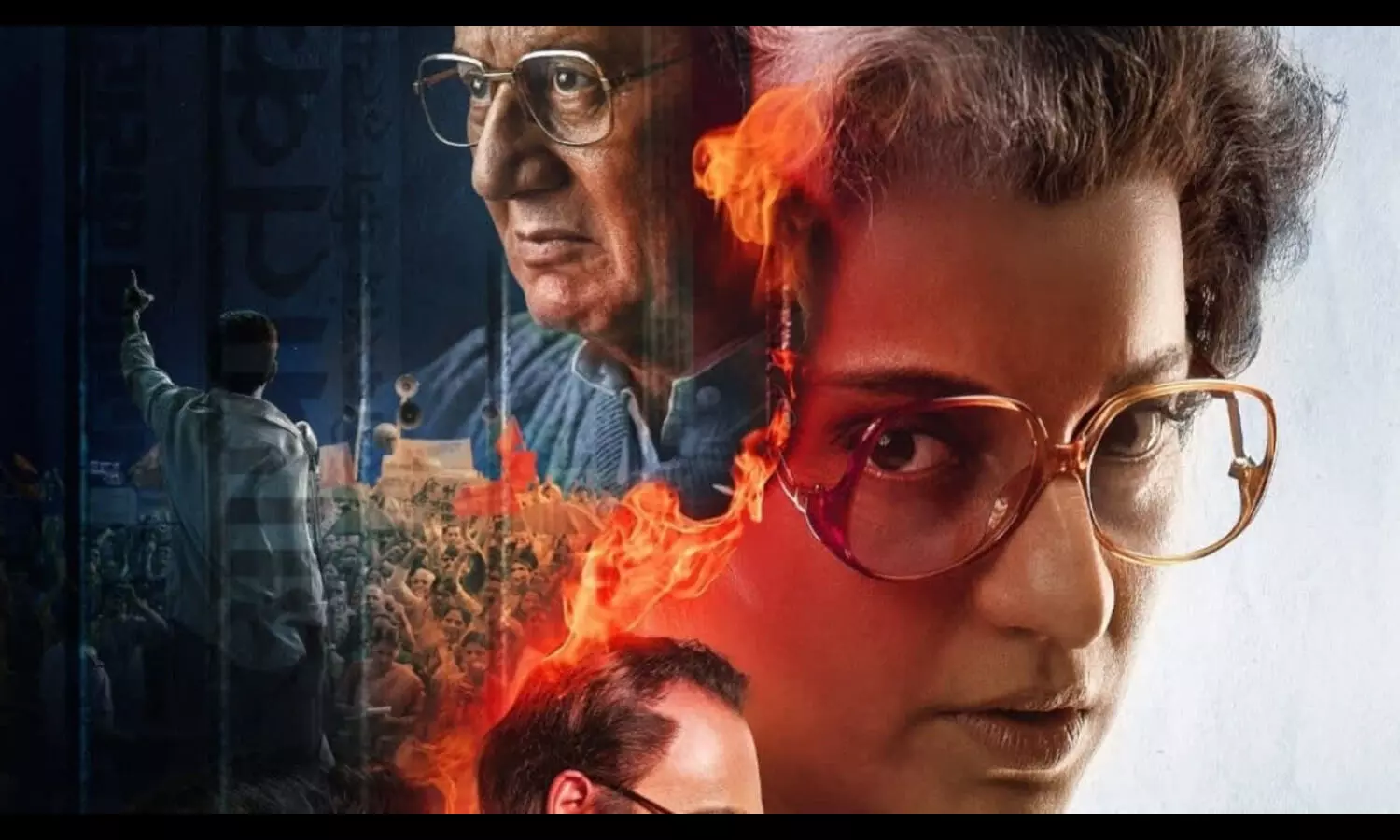Emergency Review: Kangana Ranaut’s Biopic Sparks Historical Debate
Kangana Ranaut’s Emergency explores Indira Gandhi’s leadership during India’s darkest political era, blending historical events with fictional dramatizations.
image for illustrative purpose

The film Emergency, directed by and starring Kangana Ranaut, ventures into the turbulent political era of India’s Emergency (1975-77). Positioned as a biopic of Indira Gandhi, the film blurs the lines between historical fact and creative fiction. Credited as the storyteller, Ranaut introduces imaginative flourishes that alter well-documented events, sparking debate about the film's portrayal of one of India’s most significant political figures.
The narrative takes creative liberties, evident in scenes such as political leaders Jayaprakash Narayan, Atal Bihari Vajpayee, and Field Marshal Sam Manekshaw performing a musical number to symbolize national unity during the 1971 war. These dramatizations deviate from historical accounts, raising questions about the balance between artistic expression and historical accuracy.
The film’s portrayal of Indira Gandhi's life, from her childhood to her political downfall and eventual resurgence, is riddled with broad strokes. Ritesh Shah’s screenplay prioritizes drama over nuance, presenting a superficial take on Gandhi's personal and political journey. Her relationship with her son Sanjay Gandhi, her rise to power, and her controversial policies during the Emergency are depicted with minimal depth, relying on sensationalism to drive the narrative.
The film highlights pivotal moments, such as the Turkman Gate demolition and the forced sterilization campaign, while attributing much of the blame for the Emergency to Sanjay Gandhi. Indira Gandhi is portrayed as grappling with guilt, culminating in a sequence where she envisions haunting reflections of herself—a visual metaphor for her internal conflict.
However, the portrayal of key opposition leaders like Jayaprakash Narayan and Atal Bihari Vajpayee reduces them to caricatures. Their dialogues seem crafted to reinforce the film's narrative of Gandhi as a flawed leader, ignoring the complexities of the political landscape during the Emergency.
The film’s production, helmed by Japanese cinematographer Tetsuo Nagata, struggles to create an immersive visual experience. Despite Nagata’s credentials, including *La Vie en Rose*, the cinematography is constrained by the film's limited scope and uneven production quality. The use of historical settings and costumes lacks the authenticity required to transport viewers to the 1970s.
Kangana Ranaut’s performance as Indira Gandhi attempts to capture the leader’s persona but falls short of embodying her strength and complexity. The character oscillates between vulnerability and authority, often leaning into melodrama rather than realism.
While Emergency aims to shed light on a dark chapter in Indian democracy, it falters in its execution. The film’s reliance on fictionalized elements and exaggerated characterizations undermines its potential as a serious political drama. By prioritizing spectacle over substance, Emergency offers a distorted lens on history, leaving viewers with more questions than answers about the events and individuals it seeks to portray.

